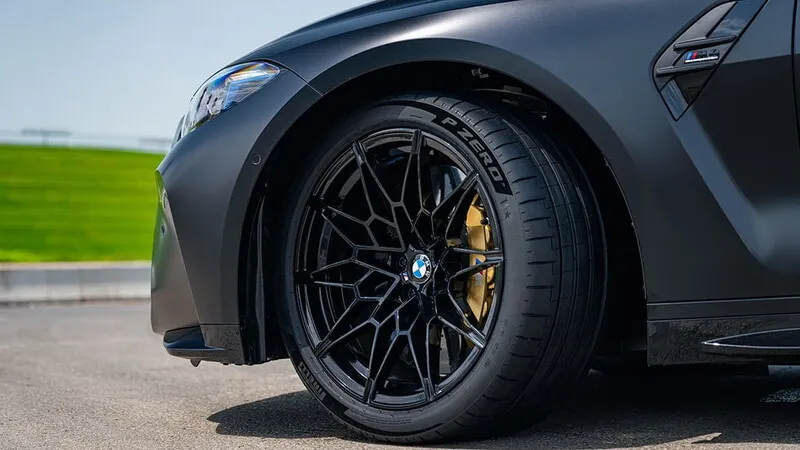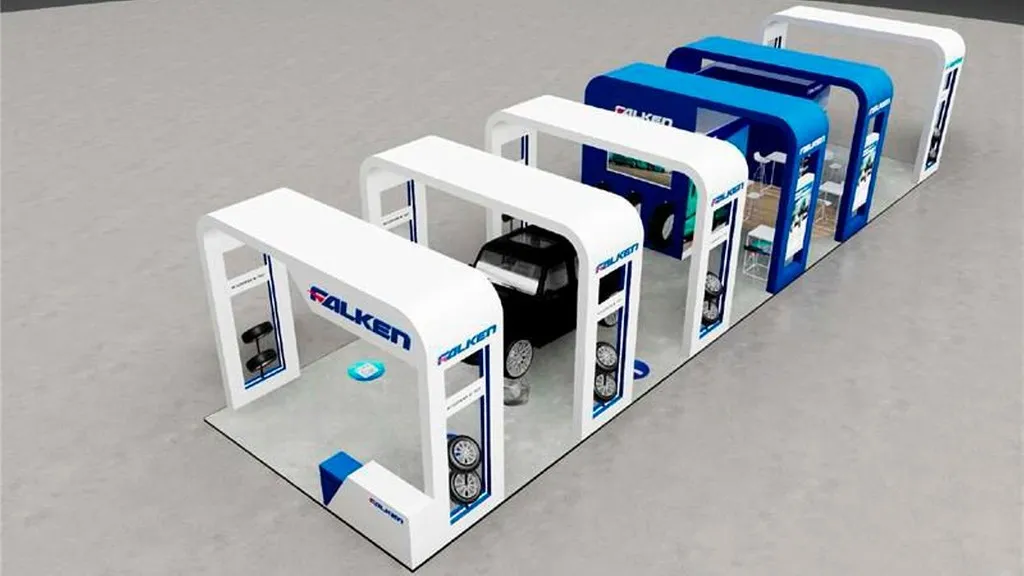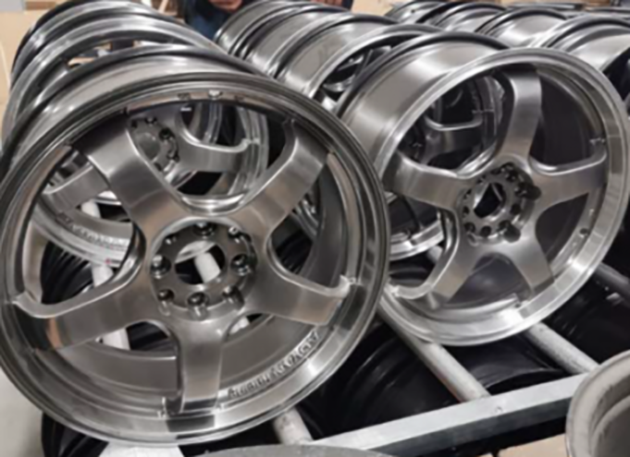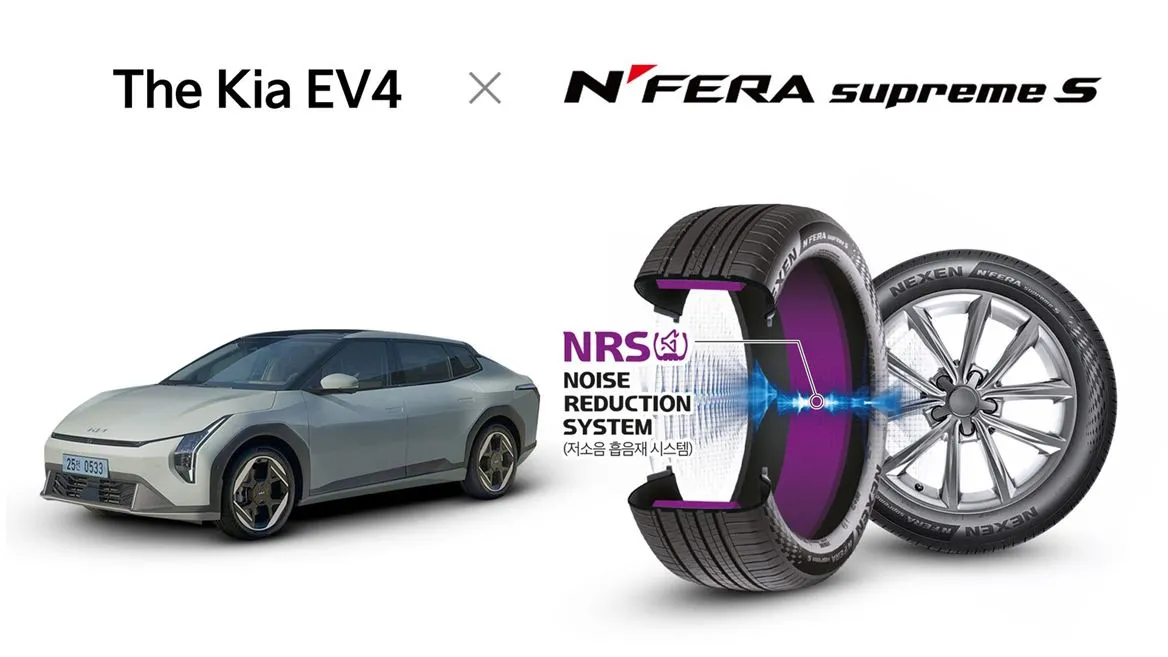Yokohama Rubber recently offered the regional media an opportunity to test drive its new dbV552, the latest addition to its flagship global Advan tyre brand. Invited by YHI Malaysia, the sole distributor of Yokohama tyres in Malaysia, The Tyreman was honoured to be among the media from Singapore, Hong Kong, Vietnam, Cambodia, Myanmar and Thailand to test drive this product that is targeted at the Asian market.
Yokohama Advan dB V552: Design for Dramatic Silence and Performance
The event took place at the Yokohama Tire Test Center of Asia (TTCA) in Rayong Province, Thailand, which is the com...
Yokohama Advan dB V552: Design for Dramatic Silence and Performance
The event took place at the Yokohama Tire Test Center of Asia (TTCA) in Rayong Province, Thailand, which is the com...







